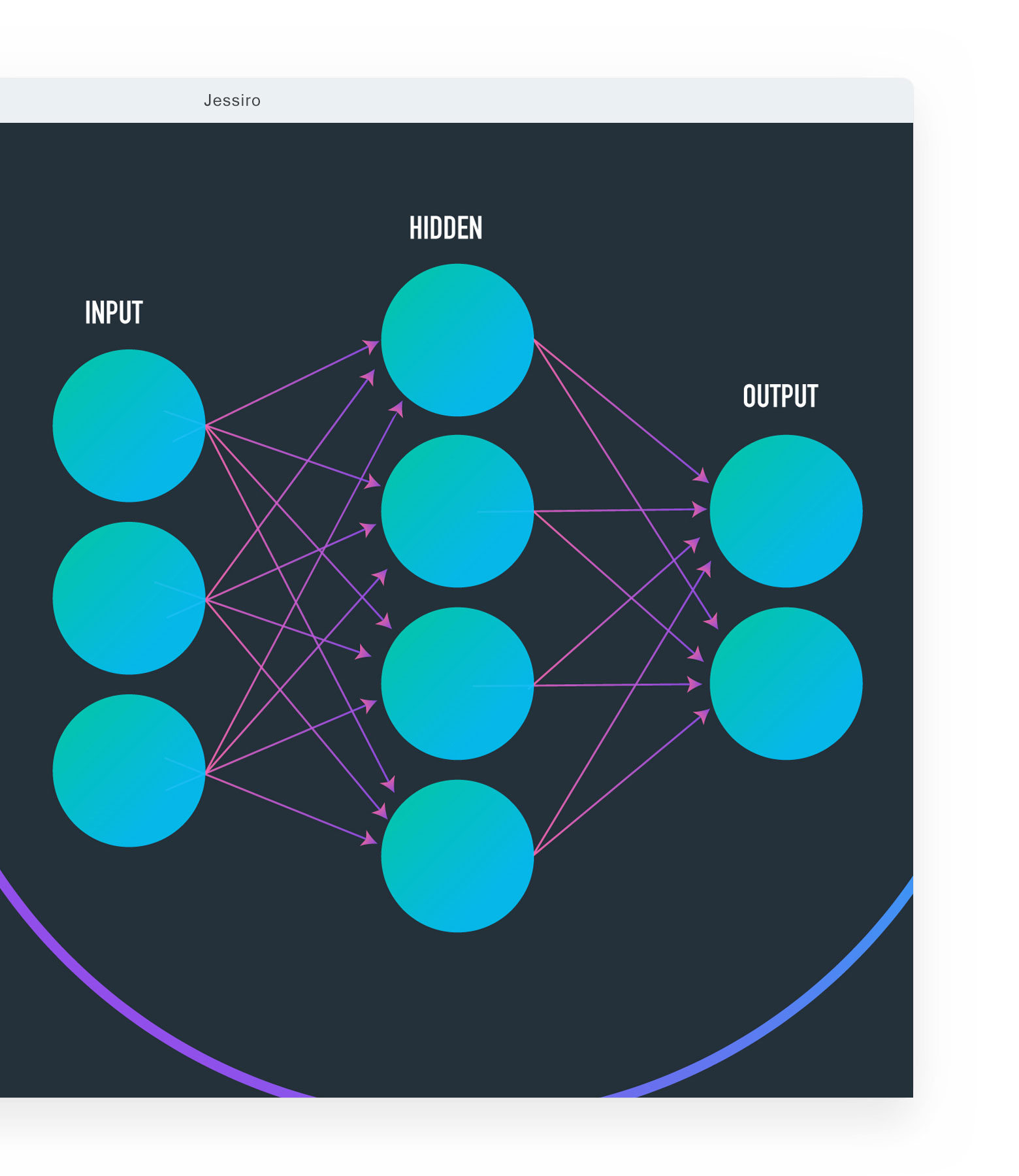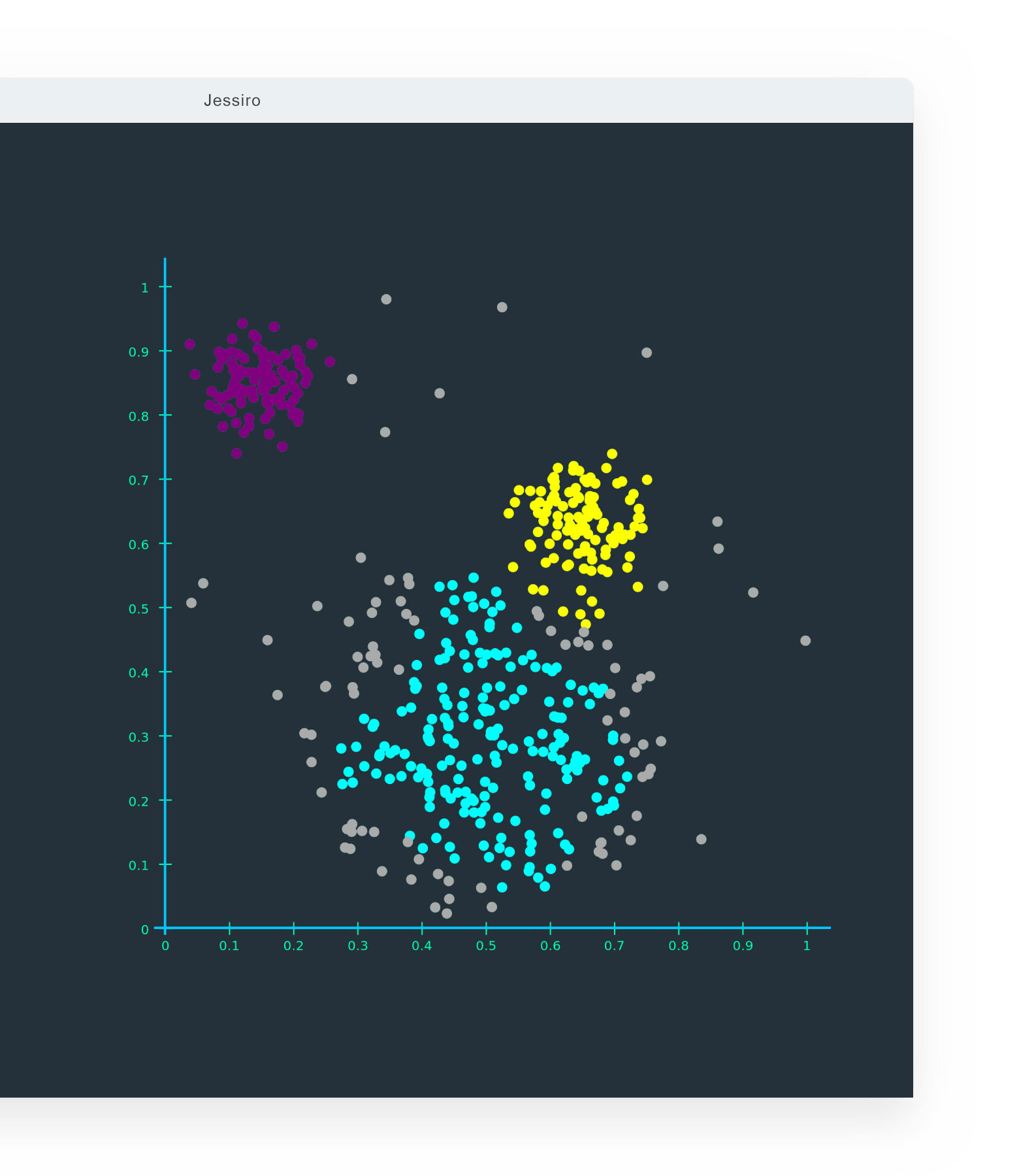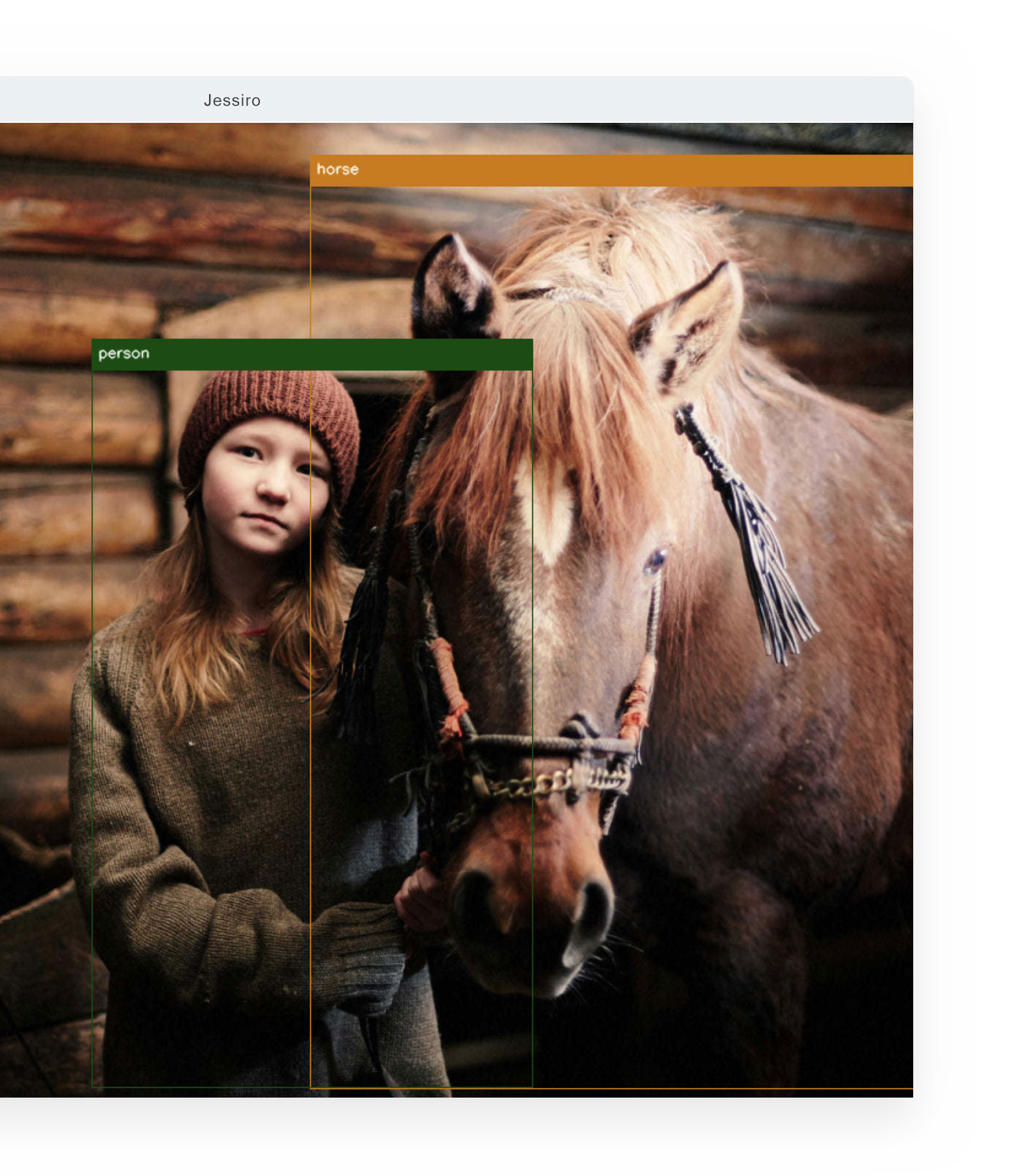Ready to help, just say “Hey Emm”
Meet Emm. Ask it questions. Tell it to do things. It's your personal assistant, always ready to help whenever you need it.
Read moreArtificial Intelligence
Pursuing computing advances to create intelligent machines that complement human reasoning to augment and enrich our experience and competencies.

At iDesoft Systems, researchers in artificial intelligence are harnessing the explosion of digital data and computational power with advanced algorithms to enable collaborative and natural interactions between people and machines that extend the human ability to sense, learn, and understand.
The research infuses computers, materials, and systems with the ability to reason, communicate, and perform with human-like skill and agility.

iDesoft Systems constantly researches to allow computers to understand what they see, communicate in a natural language, answer complex questions and interact with their environment.
The research, tools, and services that result from this investment are woven into new products and, at the same time, made open and accessible to the broader community in a bid to accelerate innovation, democratize AI, and solve the world's most pressing challenges.
Focus Areas
Machine learning
Developing and improving algorithms that help computers learn from data to create more advanced, intelligent computer systems.
Human languages technologies
Linking language to the world through speech recognition, language modeling, language understanding, spoken language systems, and dialog systems.Linking language to the world through speech recognition, language modeling, language understanding, spoken language systems, and dialog systems.
Perception and sensing
Making computers and devices understand what they see to enable tasks ranging from autonomous driving to analysis of medical images.
Systems, tools, and platforms
Integrating intelligent technologies to create interactive tools such as chatbots that incorporate contextual data to augment and enrich human reasoning.
Integrate intelligence
Weaving together advances in IA from disciplines such as computer vision and human language technologies to create end-to-end systems that learn from data and experience.
Decisions and plans
Reasoning about future events to enable informed collaborations between humans and intelligent agents.
Computer Vision
Enabling computers and devices to understand what they see.
Computer vision is multidisciplinary, routinely serving visual processing and analytic components to ambitious projects such as the development of personal robots, self-driving cars, and autonomous drones.

Computer vision researchers across iDesoft Systems build algorithms and systems to automatically analyze imagery and extract knowledge from the visual world.
This knowledge is used for additional research projects such as the transformation of depth and scene data in three-dimensional renderings and the intelligent synthesis of labels for people, places, and things into scene descriptions and calls to action.

Computer vision is multidisciplinary, routinely serving visual processing and analytic components to ambitious projects such as the development of personal robots, self-driving cars, and autonomous drones.
Artificial intelligence and machine learning are widely embraced in efforts to automate computer vision tasks such as 3D recovery, facial and object recognition, image, and video captioning, biometric security, medical imaging and video enhancement.
Focus Areas
Object segmentation, classification and recognition
Techniques to produce labels for imagery at different levels of detail to enable applications such as visual search, image captioning and the creation of dynamic images.
Image and language understanding
Researching methods and developing models to automatically describe content in images and videos with language and generated imagery from descriptive text.
Video analytics
Developing techniques to analyze videos for applications such as content summarization, object detection, and action recognition.
Interactive vision
Developing methods that balance automated computer vision with the subjective nature of human judgment.
Face and gestures
Innovating image and video analysis techniques to recognize people, infer emotions and interpret gestures.
Computational photography
Reasoning about future events to enable informed collaborations between humans and intelligent agents.Developing algorithms and tools for enriched visual experiences such as photo enhancement, panorama creation, image and video completion, style transfer and face beautification.